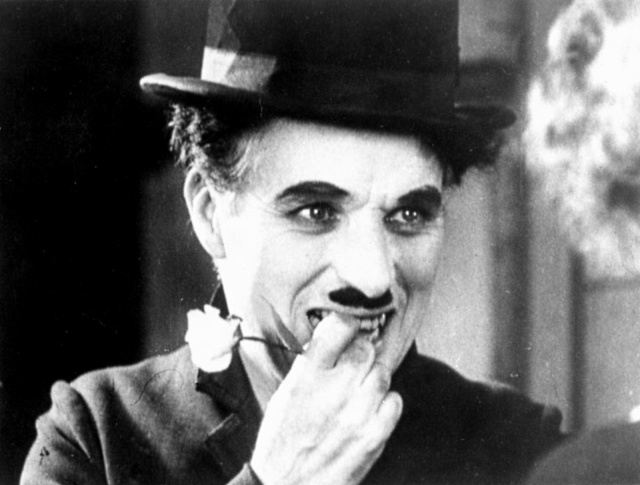
I was, at first, a little reluctant to write a piece on Chaplin’s talents as an actor. We do, after all, see him as the the director too, as well as the producer, the writer, the editor, and even the composer, all rolled up into this other-worldly smidge of genius. The more I thought about it though, the more wiser a decision it seemed. Not only does this article allow for future Chaplin eulogies, (which are, incidentally, oddly fulfilling to write), an exclusive post on why I love his performances gave me an opportunity to discuss a surprisingly under-explored aspect of a long and varied career. And so today I write about Charlie Chaplin largely in the role of the actor; a role in which, undoubtedly, he excelled in.
Originally, I’d planned to write about the first time I watched a film of Chaplin’s, or maybe begin with the first time I had heard his name. Like most of the figures that are to appear in this series however, I just could not remember. For Charlie Chaplin, perhaps even more so than any other actor, seems to to have been ingrained into our collective memories —the Little Tramp we will forever associate him with possibly to an even greater extent. The question simply, is why.
From a purely physical perspective, the Tramp is an outrageously memorable entity. In Kid Auto Races at Venice 1914, his first theatrical appearance, we can already see a familiar character, almost exactly like the mischievous gentleman of a vagrant we know today. The bowler hat, the tight little jacket and the baggy trousers (albeit a tad more snug than what we’ve come to expect) are all there. Even the wonderfully weird walk which he so jauntily adopts can be spotted.
Over the following years, the character of the Tramp evolved delicately, and the cinematic persona of Charlie Chaplin’s “Little Fellow” grew a little bit stronger with each passing film. In 1919, influenced by the tragic death of his infant son, Chaplin set to work on his first full-length feature; a film which he hoped would “make his mark on a changed world”. Ultimately realised in 1921, the movie was, of course, The Kid.
It is in The Kid that we discover something more to the characterisation of the simple Tramp. The humorous antics of the silent hero are still present, but in The Kid, arguably for the first time, we go deeper and further into the story of Charlie Chaplin himself. For me, it is this intrinsic, very personal reflection on his own life that marks the beginning of Chaplin’s brilliance as a performer. Through the kindly Tramp, he communicates many things: the courageous optimism of living in the darkness of exceptional poverty, and the great beauty of a relationship between a father and son.

After finding that kernel of emotion within himself, Chaplin is able to communicate his ideas on a universal level, in every movie he appears in. Films like the The Gold Rush, City Lights and even The Dictator possess such a lasting appeal simply because he offers in each of them everything that is, and always will be, timelessly appealing. Through subtle orchestration of these iconic characters, Chaplin paints our basic human necessities in the most enchanting lights, providing us with the very pinnacle of escapism.
The final moments of Modern Times are perhaps my favourite scene of Charlie Chaplin’s (and there certainly are a lot to choose from). The Tramp and the young lady, along with their melancholic little bindles, face a downtrodden and rather uncertain future. Along the road, the Tramp gestures for the girl to smile, pointing his lips and forming the sweetest grin. After she charmingly follows suit, Chaplin cuts to the two waddling away into the sunrise. This single moment, a blend of humour, hope, and love, truly encapsulates everything we love about Charlie Chaplin.
For me, his acting stands out the most in City Lights, particularly in the scene that you chose a picture from. I agree that his other filmmaking roles often overshadow his acting talents. Great post!
Yes, it’s just such a lovely moment! I also agree that City Lights is probably Chaplin’s loveliest film in terms of his performance; the character of the Tramp is just so sincere, always looking to help others, and always with a hopeful smile on his face.